Researchers are working on an injectable that could get dormant follicles growing again. Trials on mice show promise.


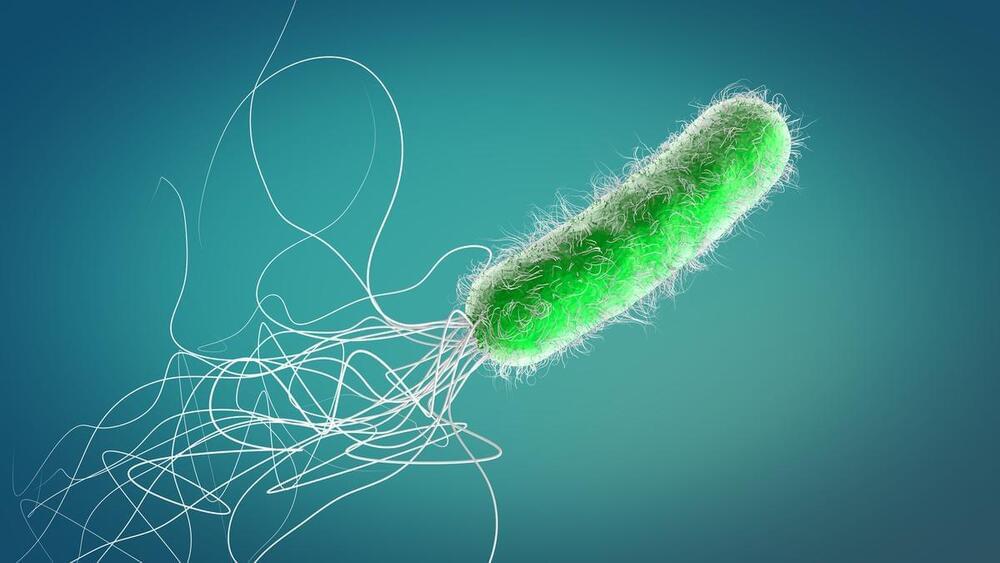
Scientists at McMaster University have identified a toxin used by bacteria to kill other bacteria through a never-before-seen mechanism. The toxin is the first found to directly target RNA molecules in what the team describes as “a total assault on the cell,” which could lead to a new class of antibiotics.
There’s a huge war raging on the microscopic scale as microbes battle each other for resources, and sometimes the weapons they use against each other can prove useful for antibiotics. Most of these toxins target proteins or DNA molecules, killing bacteria by interrupting vital functions.
So that’s the checklist that the team ran through while studying a toxin called RhsP2 that’s produced by Pseudomonas aeruginosa, a common bug behind hospital-acquired infections like pneumonia. Over three years, the researchers investigated the effects of the toxin on these common targets, to no avail.

Background: Breast cancer is one of the most common cancers and the leading cause of death from cancer among women worldwide. The genetic predisposition to breast cancer may be associated with a mutation in particular genes such as gene BRCA1/2. Patients who carry a germline pathogenic mutation in BRCA1/2 genes have a significantly increased risk of developing breast cancer and might benefit from targeted therapy. However, genetic testing is time consuming and costly. This study aims to predict the risk of gBRCA mutation by using the whole-slide pathology features of breast cancer H&E stains and the patients’ gBRCA mutation status.
Methods: In this study, we trained a deep convolutional neural network (CNN) of ResNet on whole-slide images (WSIs) to predict the gBRCA mutation in breast cancer. Since the dimensions are too large for slide-based training, we divided WSI into smaller tiles with the original resolution. The tile-based classification was then combined by adding the positive classification result to generate the combined slide-based accuracy. Models were trained based on the annotated tumor location and gBRCA mutation status labeled by a designated breast cancer pathologist. Four models were trained on tiles cropped at 5×, 10×, 20×, and 40× magnification, assuming that low magnification and high magnification may provide different levels of information for classification.
Results: A trained model was validated through an external dataset that contains 17 mutants and 47 wilds. In the external validation dataset, AUCs (95% CI) of DL models that used 40×, 20×, 10×, and 5× magnification tiles among all cases were 0.766 (0.763–0.769), 0.763 (0.758–0.769), 0.750 (0.738–0.761), and 0.551 (0.526–0.575), respectively, while the corresponding magnification slides among all cases were 0.774 (0.642–0.905), 0.804 (0.676–0.931), 0.828 (0.691–0.966), and 0.635 (0.471–0.798), respectively. The study also identified the influence of histological grade to the accuracy of the prediction.
Tiny machines that deliver therapeutic payloads to precise locations in the body are the stuff of science fiction. But some researchers are trying to turn them into a clinical reality.

Researchers demonstrated that the brains of people playing an online game together were synchronized without physical presence.
Online gaming and other types of online social interaction have become increasingly popular during the COVID pandemic. This trend is likely to continue due to increased remote working and investments in social technology.
Previous research has shown that people’s brains activate in a similar and simultaneous way during social interaction. Such inter-brain neural synchronization has been associated with empathy and cooperation in face-to-face situations. However, its role in online, remote interaction has remained unknown.
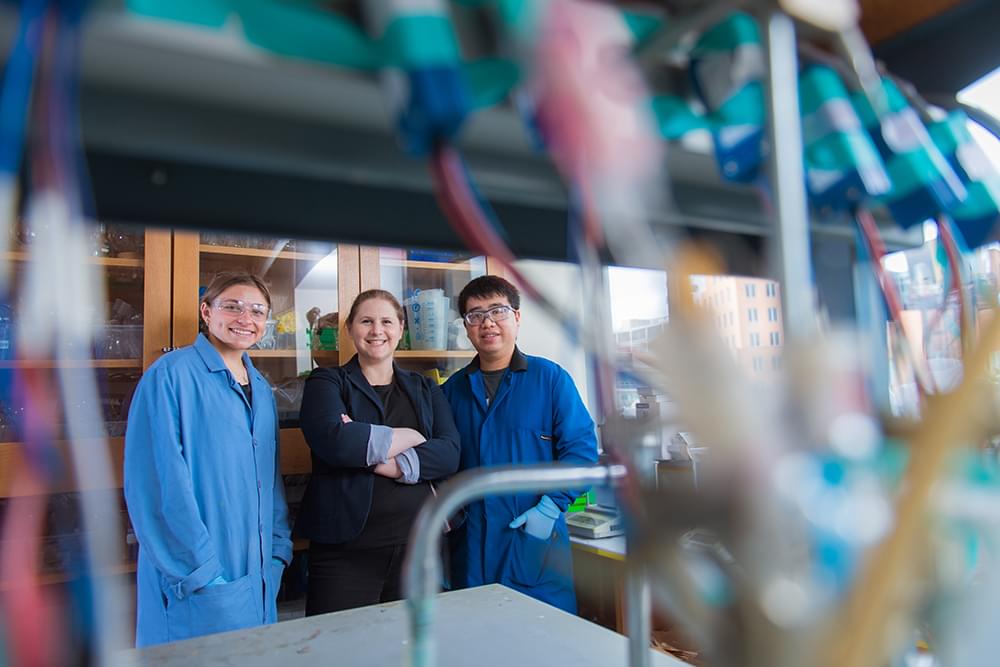
Assistant Professor Ariel Furst and her colleagues are looking to DNA to help guide the process.
Carbon dioxide (CO2) is a major contributor to climate change and a significant product of many human activities, notably industrial manufacturing. A major goal in the energy field has been to chemically convert emitted CO2 into valuable chemicals or fuels. But while CO2 is available in abundance, it has not yet been widely used to generate value-added products. Why not?
The reason is that CO2 molecules are highly stable and therefore not prone to being chemically converted to a different form.
Using DNA, MIT chemical engineers have found a way to speed up a chemical reaction that is key to converting captured carbon dioxide emissions into useful, valuable products.
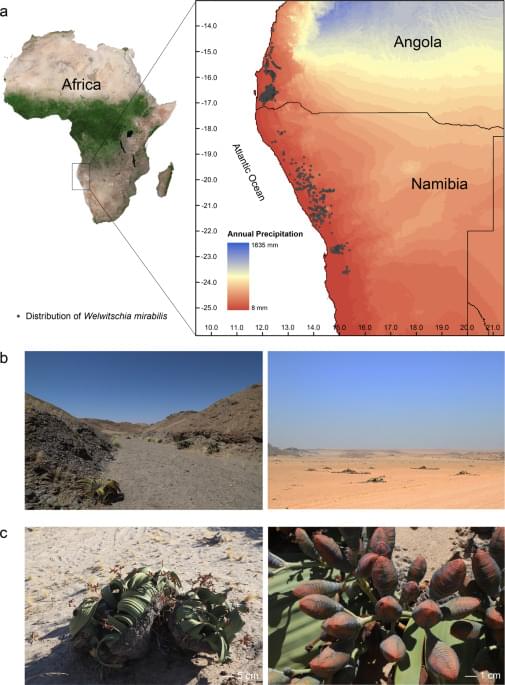
Circa 2021 face_with_colon_three
Welwitschia mirabilis is a unique plant that only has two leaves, but it can survive in hostile conditions of the African desert. Here, the authors report its chromosome-level genome assembly and discuss how gene function and regulation have given rise to its unique morphology and environmental adaptions.

Training a machine-learning model to effectively perform a task, such as image classification, involves showing the model thousands, millions, or even billions of example images. Gathering such enormous datasets can be especially challenging when privacy is a concern, such as with medical images. Researchers from MIT and the MIT-born startup DynamoFL have now taken one popular solution to this problem, known as federated learning, and made it faster and more accurate.
Federated learning is a collaborative method for training a machine-learning model that keeps sensitive user data private. Hundreds or thousands of users each train their own model using their own data on their own device. Then users transfer their models to a central server, which combines them to come up with a better model that it sends back to all users.
A collection of hospitals located around the world, for example, could use this method to train a machine-learning model that identifies brain tumors in medical images, while keeping patient data secure on their local servers.
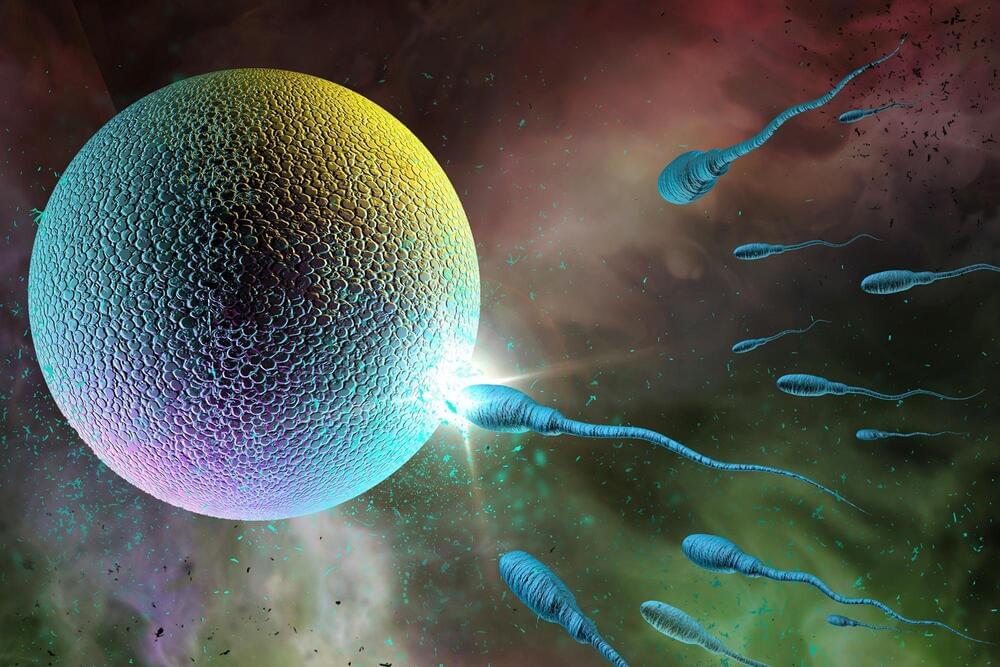
According to research from the Center for Genomic Regulation (CRG) published in the journal Nature, immature human egg cells bypass a critical metabolic process believed to be necessary for producing energy.
The cells modify their metabolism to stop producing reactive oxygen species, dangerous molecules that can accumulate, damage DNA
DNA, or deoxyribonucleic acid, is a molecule composed of two long strands of nucleotides that coil around each other to form a double helix. It is the hereditary material in humans and almost all other organisms that carries genetic instructions for development, functioning, growth, and reproduction. Nearly every cell in a person’s body has the same DNA. Most DNA is located in the cell nucleus (where it is called nuclear DNA), but a small amount of DNA can also be found in the mitochondria (where it is called mitochondrial DNA or mtDNA).
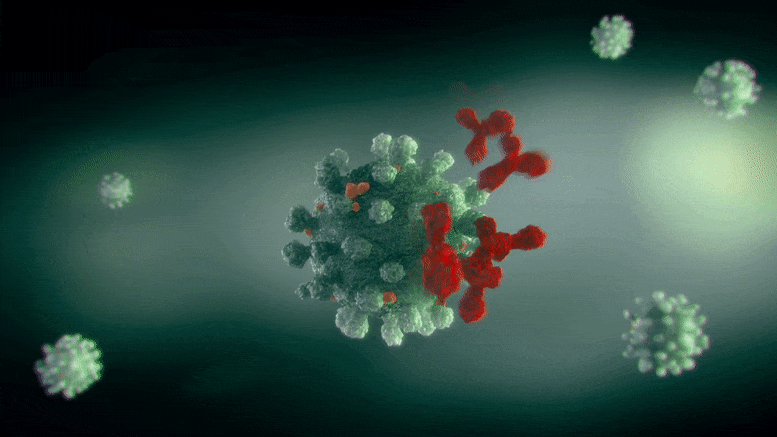
Together with a Duke University team led by Dr. Barton Haynes, Alt and Luo then assessed the efficacy of these antibodies. Antibodies from three of the nine lineages were effective in neutralizing the original Wuhan-Hu-1 virus. The SP1-77 antibody and other members of its lineage, in particular, demonstrated extremely wide activity, neutralizing Alpha, Beta, Gamma, Delta, and all prior and current Omicron strains.
A new approach to virus neutralization
What caused the SP1-77 antibody to be so broadly neutralizing? Structural studies by a collaborating team led by Bing Chen, Ph.D. and Jun Zhang, Ph.D. at Boston Children’s Hospital and the Haynes group at Duke, showed that SP1-77 works differently from current antibodies (either therapeutic antibodies or those we make in response to current vaccines).